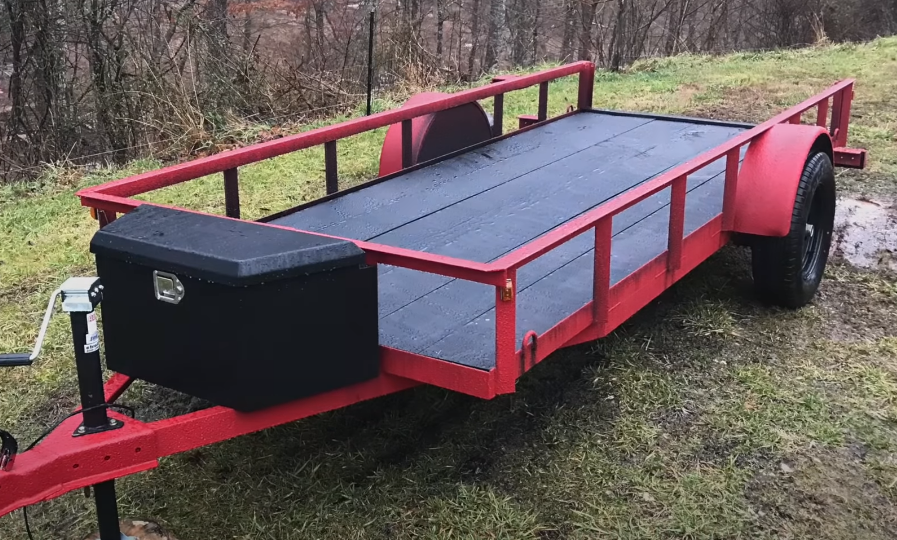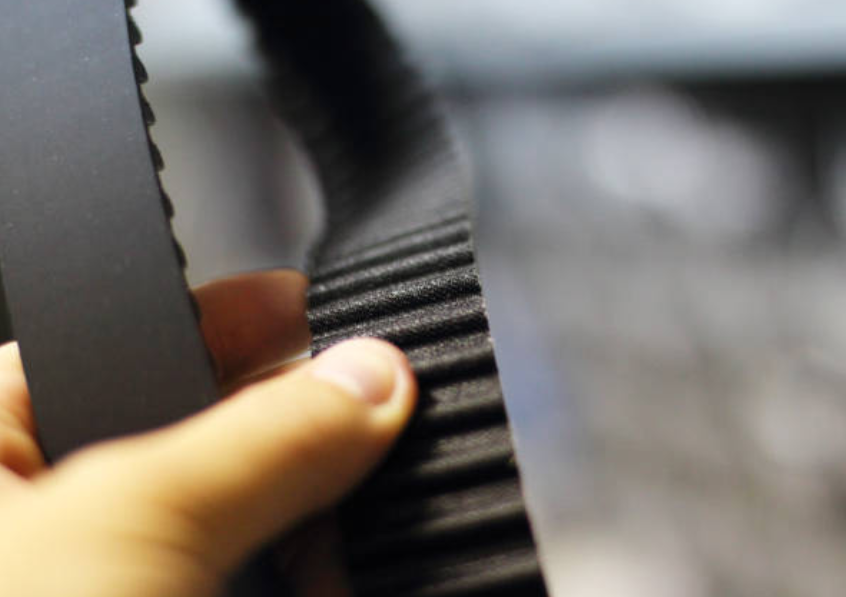The Ultimate Windshield Wiper Test Rig: Revolutionizing Wiper Performance
In the quest for automotive excellence, enthusiasts often encounter challenges that demand creative solutions. When faced with the need to rigorously test windshield wiper blades, ingenuity took center stage. What ensued was the creation of a makeshift rain simulator, affectionately dubbed the Windshield Wiper Test Rig. This blog chronicles the journey from conception to realization, showcasing the resourcefulness and problem-solving prowess required to engineer a solution from scratch.

How I Made The Windshield Wiper Test Rig
Inspired by the original plans foiled by a mini-drought, Plan B was devised: crafting a rain simulator using PVC pipe powered by a garden hose with an adjustable road spray pattern. Armed with sketches, a tape measure, and a digital caliper, a venture to the lumberyard for some in-aisle engineering ensued. First, the garden department was raided for a pack of adjustable and fixed brass nozzles, sparking the idea for a dual spray design.
Next, the plumbing department was delved into for elbows, fittings, valves, and PVC cement. Armed with these supplies and an 8-foot PVC pipe, the return was made to assemble the rig. Initial testing unveiled a flaw in fabrication, leading to adjustments using a wooden jig and a heat gun to straighten the spray pattern. Repurposing an old Yakima rain gutter roof rack solved the mounting issue, transforming a Toyota Starlet into the test rig vehicle.
Amidst testing, curious Pekin ducks provided unexpected insights into wiper blade design. With less than $50 in materials, dozens of wiper blades were tested. While static testing sufficed for initial trials, future iterations will involve dynamic testing with a propeller attached to the vehicle for enhanced data collection.

The ultimate windshield wiper test rig comprises several key components, each designed to simulate different aspects of real-world driving conditions:
- Wiper Arm Simulator: Mimics the motion of a wiper arm to test blade flexibility, contact pressure, and coverage.
- Wiper Blade Material Testing Chamber: Evaluates the durability and effectiveness of various wiper blade materials under simulated weather conditions.
- Dynamic Windshield Simulation: Creates dynamic wind patterns to assess wiper performance in windy conditions.
- Durability and Endurance Testing Mechanisms: Subject wipers to prolonged use and extreme conditions to determine their longevity and reliability.
The ultimate windshield wiper test rig offers several advantages over traditional testing methods:
- Improved Accuracy and Reliability: By simulating real-world conditions, test rigs provide more accurate and reliable results.
- Wide Range of Conditions: Test rigs can replicate a variety of weather conditions, allowing for comprehensive testing.
- Cost-Effectiveness: Compared to field testing, using a test rig is more cost-effective and efficient.
- Innovation and Advancement: Test rigs encourage innovation in wiper technology by providing a platform for experimentation and improvement.

For those eager to embark on a similar project, here's the breakdown of material costs:
- Two PVC male adapters: $2.28
- Brass hose nozzles: $19.94
- Three PVC t-fittings: $3.66
- About six feet of 1-inch PVC pipe: $2.22
- Two PVC end caps: $1.58
- Shut off thumb valve: $4.12
- Quick release coupler: $3.99
- One-step PVC cement: $10.56
Throughout the process, several lessons were learned:
- Universal windshield wiper connector designs often overlook bayonet type wiper arms.
- Surprising bargains can yield superior results in DIY projects.
- Care must be taken with adhesive use; one-step PVC cement can make excess glue application easy.
- Nature's designs, like duckbill-shaped wiper edges, can offer unexpected inspiration.
- Attention to detail is crucial; quick-release hose connectors may fail if mounted too close to thumb valves.

Can PVC pipe be bent using a heat gun?*
Yes, PVC pipe can be bent using a heat gun, as demonstrated during the construction of the rig to align nozzles properly.
How accurate is the static water spray test?*
The static water spray test provides initial insights into wiper blade performance but does not fully account for forward motion and aerodynamic forces.
Are there plans for dynamic testing in the future?*
Yes, future plans involve dynamic testing by attaching a propeller to the vehicle to simulate real-world conditions.

The windshield wiper test rig, born out of necessity and ingenuity, stands as a testament to DIY engineering. With minimal materials and resourcefulness, a functional testing apparatus was created, offering insights into wiper blade performance. As testing continues and improvements are made, the rig exemplifies the endless possibilities of DIY experimentation in automotive innovation.
Click on the following link to read another blog post: What Is Engine Displacement?
















